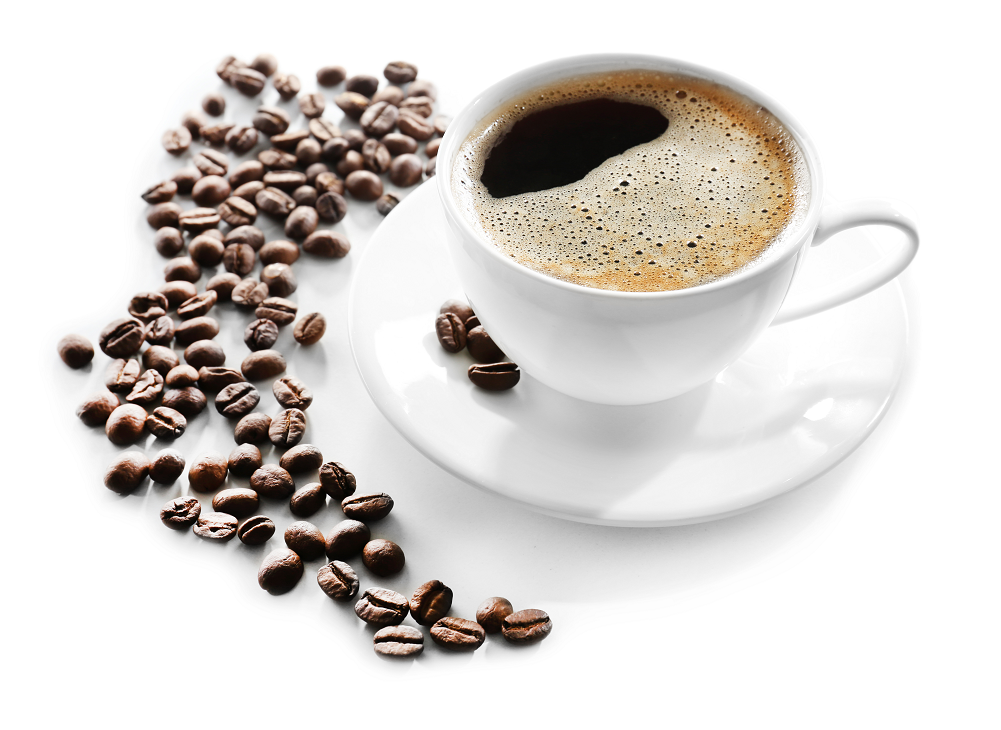Ecocentricity Blog: Wake Up and Smell the Coffee
By: John A. Lanier

Ecocentricity Blog: Wake Up and Smell the Coffee
I turned 10 years old in 1996. That was a good year. Growing up in the suburbs of Atlanta meant that I was lucky to experience a local Olympics. That was also the year that Tiger Woods became a professional golfer. The Nintendo 64 launched that year, and any of my friends who got one immediately moved up a rank or two in my book. Braveheart beat out Apollo 13 for the best picture Oscar. And it was also the year in which Starbucks opened its 1,000th store.
By the end of 1997, Starbucks had 1,412 stores. Then 3,501 by the end of 2000. In 2003, they hit 7,225. By the end of 2006, the year in which I turned 20 years old, Starbucks had 12,440 stores globally. So basically, I came of age in the decade in which Starbucks took over the world.
That is truly remarkable growth, and it gives some data to support what I know we all felt. Starbucks became a cultural influence in America, and then in the world. It was as if their iconic green and white sign popped up on every block in every big city. Heck, DreamWorks even made a joke about it in the 2004 film Shrek 2. When a giant gingerbread man threatens a Farbucks in the Kingdom of Far Away, the frightened patrons run out of the store and across the street into...another Farbucks.
And can you guess how many cups of coffee I ordered from Starbucks in that transformative 10-year stretch? One. It was 2002 or so, and I was on a date (weird to think about dating in high school). I figured I should get coffee at a coffee shop, so I blindly ordered a caramel macchiato. It made me sick to my stomach the rest of the night, so I shied away from coffee for more than a decade after that (looking back now, it was probably the 33 grams of sugar that made me sick, rather than the single espresso shot).
After meeting my now-wife though, I gave coffee another try and got hooked. As is the case with many of you, coffee is a part of our morning routine at home. For me, it is always black, and for Chantel it is always mixed with stevia and a creamer of some sort. Our morning coffee serves both a practical and spiritual purpose - it wakes us up, while also offering a ritual that centers us in something positive as the day begins. I’ve even become a coffee snob over the years, developing a preference for single origin coffees with the natural processing method.
So clearly, I am very pro-coffee. But what we rarely hear about is how coffee comes with an environmental cost. Now, your mind may immediately go to the billions of single-use coffee cups discarded each year, and that is definitely a problem. But specifically, I want to talk about the carbon footprint of drinking coffee itself.
Late last year, a study was released on the carbon footprint of conventional coffee production compared to more sustainably produced and transported coffee. The study showed that one kilogram (kg) of conventional green coffee (meaning before it is roasted) produces 15.33 kg of carbon dioxide equivalent (CO2e). For sustainably produced coffee, which uses fewer agrochemical inputs and is transported via cargo ship rather than airfreight, only 3.51 kg of CO2e are produced. That is a 77% reduction.
To give you a sense of how coffee shakes out against other agricultural products, here is one of my favorite graphics. It shows coffee has roughly 17 kg of CO2e per kg of coffee (roughly consistent with the conventional coffee number in the study I linked). That places it at 6th on the list of most carbon-intensive agricultural products.
That’s the best data I can give you. Now what do I think we should do about it? I’m not asking you to stop drinking coffee - that would be about the most hypocritical thing I could say. Rather, here are some suggestions. If you have a local coffee shop that sources sustainably produced coffee, please support them (that doesn’t mean Starbucks is to be avoided at all costs - they are far from perfect, but they are at least paying attention to the carbon issue). If you like lattes or use some sort of creamer, try to avoid milk and opt for a plant-based milk instead (our favorite is oat milk). And whenever possible, try to make your cup of coffee at home - that helps cut down on carbon emissions from driving to the shop and also limits use of those disposable cups.
And for all of you other coffee addicts out there - cheers! Here’s to a lower carbon cup of joe.
This blog is available weekly via email subscription. Click here to subscribe.
RELATED BLOGS:
Ecocentricity Blog: Back to School, Hypothetically Speaking
Ecocentricity Blog: One Good Deed
Ecocentricity Blog: Not-So-Happy-Reading
CONTACT:
Valerie Bennett
+1 (770) 317-5858
valerie@raycandersonfoundation.org
Ray C. Anderson Foundation
http://www.raycandersonfoundation.org
Facebook: https://www.facebook.com/RayCAndersonFoundation
LinkedIn: https://www.linkedin.com/company/ray-c.-anderson-foundation
Twitter: @RaysLegacy
Instagram: @rcafoundation

